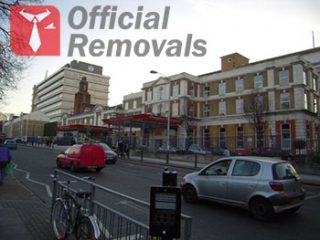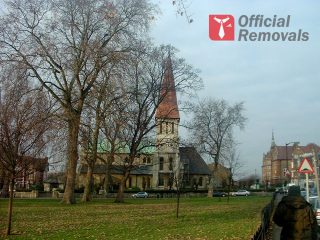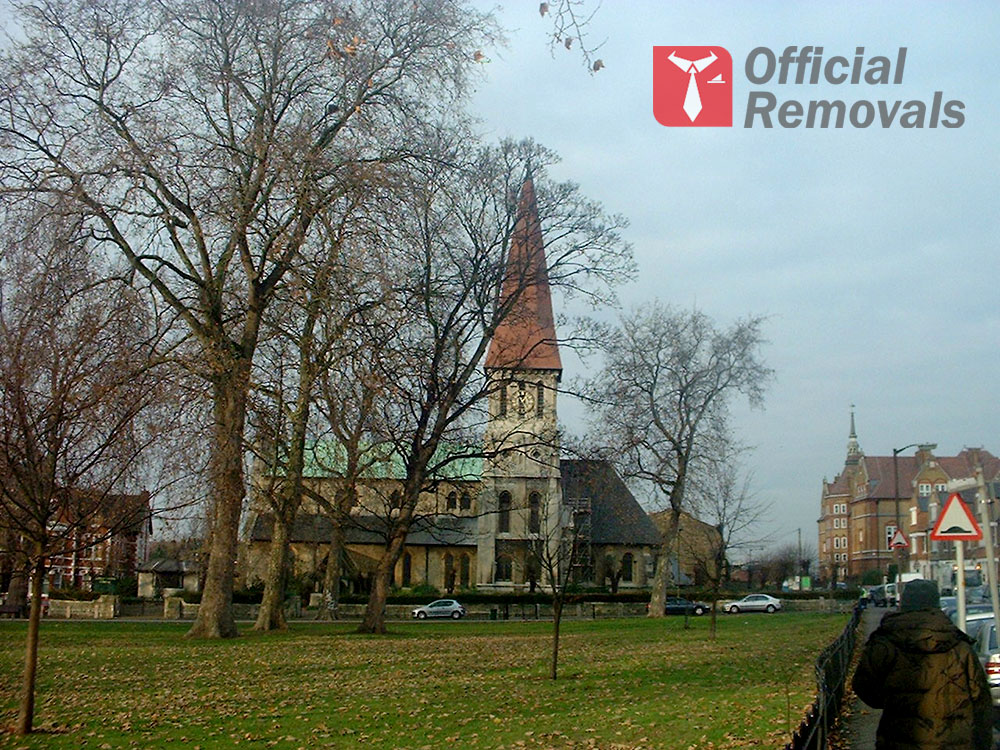Exploring And Learning About Southwark
17th January 2017 Advice
The Borough of Southwark is situated in south London, and it was formed in 1965. The area is the home to many famous landmarks, including famous bridges, museums, and other important and fascinating buildings. Some of the attractions include Shakespeare’s Globe Theatre, The Shard, London’s famous Borough market, and many restaurants and pubs. All these sites attract tourists from all over the world. It has population of 308 thousand. Many bridges connect the borough to the City of London, including London Bridge, Southwark Bridge, Millennium Bridge, Blackfriars Bridge and the Tower Bridge.
The Borough of Southwark birthplace of classical theatre since the rebuilt Globe Theatre, which was built in 1599 and connected to Shakespeare, and many other theatres are one of the major landmarks of the area. It is also a literary area, and famous Charles Dickens used to live in the borough and some of his novels were set in the borough.
 Denmark Hill is a district of the London Borough of Southwark and it was first mentioned in 1786 under the name of Dulwich Hill. The name of the area was later changed into the Denmark Hill, in the honour of Prince George of Denmark, the husband of Queen Anne. There are few important buildings in the area, including King’s College Hospital, the Institute of Psychiatry, Maudsley Hospital, William Booth Memorial Training College, Ruskin Park, and many others. Denmark Hill railway station connects the area to other parts of the borough. Perhaps it is interesting to mention that following famous people used to live in Denmark Hill: John Belcher (architect), Lorraine Chase (actress), Samuel Prout (artist), and many others.
Denmark Hill is a district of the London Borough of Southwark and it was first mentioned in 1786 under the name of Dulwich Hill. The name of the area was later changed into the Denmark Hill, in the honour of Prince George of Denmark, the husband of Queen Anne. There are few important buildings in the area, including King’s College Hospital, the Institute of Psychiatry, Maudsley Hospital, William Booth Memorial Training College, Ruskin Park, and many others. Denmark Hill railway station connects the area to other parts of the borough. Perhaps it is interesting to mention that following famous people used to live in Denmark Hill: John Belcher (architect), Lorraine Chase (actress), Samuel Prout (artist), and many others.
Dulwich is located in south London and it used to be a part of the ancient parish of Camberwell, which was later turned into the Metropolitan Borough of Camberwell. Dulwich was first mentioned in 967AD under different names (Dylways, Dilwihs, Dullag), derived from the word Dill (white flower). Dulwich has four recognized districts that include Dulwich Village (it has a traditional village centre with 18th and 19th century buildings), East Dulwich, West Dulwich (a residential area mainly), and Herne Hill (it forms the North Dulwich Triangle). There are many landmarks in Dulwich. One of them is Dulwich Park, opened in 1890. It is a main attraction to tourists thanks to ponds, tennis court, cafe, playground, and other. Also, a memorial fountain in the memory of Dr George Webster is situated in Dulwich Village. He was the creator of the first British Medical Association (BMA). Additionally, All Saints Church in West Dulwich is an important landmark. It was built in 1888 and designed by George Fellowes Prynne.
 East Dulwich is a district in the London Borough of Southwark and it is the part of the Dulwich. The area was developed in the 19th century and originally, it was the part of the historic parish of Camberwell. East Dulwich is a residential area which has undergone major renovations and development of urban neighbourhoods recently. Along Lordship Lane, there is a shopping area that includes many shops, restaurants, pubs, gastro pubs and other interesting places. 549 Lordship Lane is famous for its architecture. It is a home to the “Concrete House” which is believed to be the last example of 19th-century concrete house. It was built in 1873. As far as the sports go, East Dulwich is home to Dulwich Hamlet and Fisher F.C., non-league football clubs.
East Dulwich is a district in the London Borough of Southwark and it is the part of the Dulwich. The area was developed in the 19th century and originally, it was the part of the historic parish of Camberwell. East Dulwich is a residential area which has undergone major renovations and development of urban neighbourhoods recently. Along Lordship Lane, there is a shopping area that includes many shops, restaurants, pubs, gastro pubs and other interesting places. 549 Lordship Lane is famous for its architecture. It is a home to the “Concrete House” which is believed to be the last example of 19th-century concrete house. It was built in 1873. As far as the sports go, East Dulwich is home to Dulwich Hamlet and Fisher F.C., non-league football clubs.
The Elephant and Castle is also called “the Elephant”, and it is located south London, as the part of the London Borough of Southwark. The district is located around a major road intersection and other roads that carry a lot of traffic in to the city centre. The Elephant and Castle has many landmarks, and one of them is the Coronet Theatre, which was once known as the Palace Theatre. Built in the late Victorian era, it was a stepping stone for Charlie Chaplin. Also, a famous physicist Michael Faraday was a resident of the district, as well as the actor Michael Caine who still lives there.


